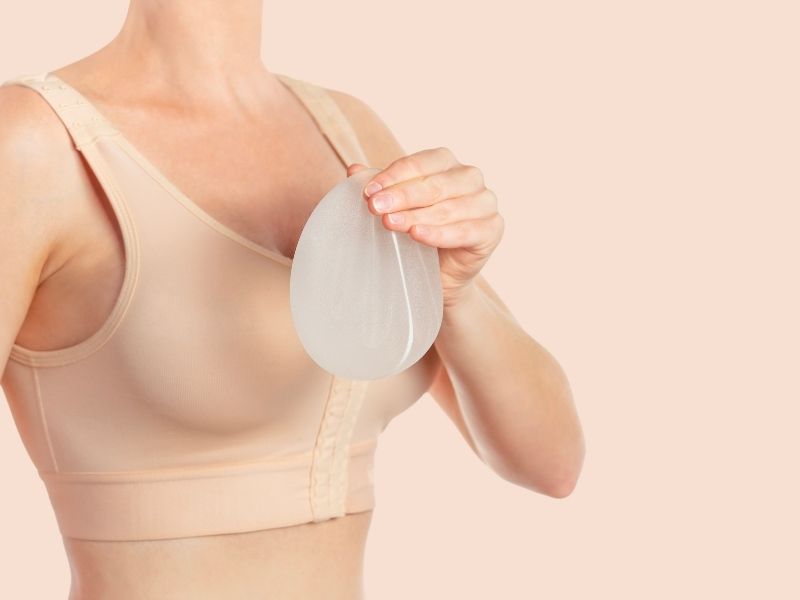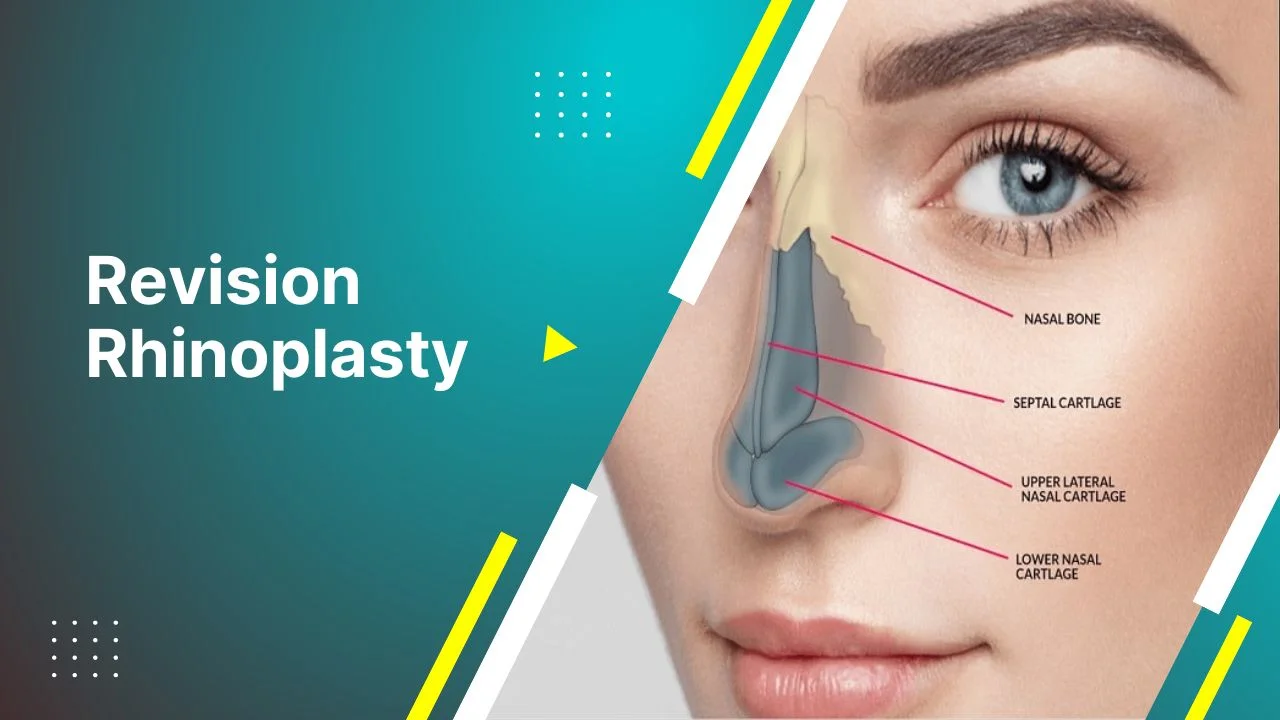Breast augmentation surgery is a transformative procedure that can enhance both appearance and self-confidence. However, the recovery period following the surgery is crucial for achieving the best results and ensuring overall well-being. Understanding what to expect and how to care for yourself post-surgery is essential for a smooth and successful recovery. From managing pain and swelling to adhering to follow-up appointments and adjusting daily activities, there are several key considerations to keep in mind. In this guide, we will explore the important factors to consider after breast augmentation surgery, helping you navigate the recovery process with confidence and clarity.
Immediate Post-Surgery Care and Instructions
Immediately after breast augmentation surgery, proper care is crucial for a successful recovery. Your surgeon will provide specific instructions tailored to your surgery, but general guidelines include:
- Rest and Recovery: Ensure ample rest in the initial 24-48 hours post-surgery. This is vital for your body to begin the healing process effectively.
- Pain Management: You may experience discomfort and swelling. Take prescribed pain medications as directed and use cold compresses to minimize swelling.
- Dressings and Bras: Wear the recommended surgical bra or compression garment to support your new breast shape and reduce swelling. Avoid removing or adjusting dressings unless instructed by your surgeon.
- Incision Care: Keep the surgical site clean and dry. Follow your surgeon’s advice on how to care for the incisions to avoid infection and promote healing.
- Follow-Up Appointments: Attend all scheduled follow-up visits to monitor your progress and address any concerns promptly.
Following these instructions diligently will help in achieving the best possible outcomes and ensuring a smoother recovery process.
Physical Activity and Exercise Restrictions After Breast Augmentation
After breast augmentation surgery, adhering to physical activity and exercise restrictions is essential for proper healing and optimal results.
- First Few Weeks: Avoid any strenuous activities, including heavy lifting, running, or vigorous exercises, for at least 4-6 weeks. Your body needs time to heal, and avoiding these activities helps prevent complications and ensures the implants settle correctly.
- Gentle Movement: Light activities, such as walking, can be beneficial for circulation and overall well-being. Start with gentle movements and gradually increase intensity based on your comfort and surgeon’s advice.
- Avoid Chest Exercises: Refrain from exercises that directly impact the chest area, such as push-ups or weightlifting, until your surgeon clears you. These exercises can stress the healing tissues and interfere with the positioning of your implants.
- Listen to Your Body: Pay attention to how your body responds to any physical activity. If you experience pain or discomfort, stop immediately and consult your healthcare provider.
By respecting these restrictions, you support your body’s natural healing process and help ensure that your breast augmentation results are as desired.
Dietary and Health Tips for the Recovery Process
Maintaining a well-balanced diet and focusing on overall health play significant roles in the recovery process after breast augmentation surgery. Adequate hydration is fundamental; drinking plenty of water helps keep your body hydrated, which is crucial for effective healing and reducing the risk of complications. A diet rich in vitamins and minerals supports wound healing and strengthens your immune system. Incorporating a variety of fruits, vegetables, lean proteins, and whole grains ensures that you receive essential nutrients like Vitamin C and zinc, which are vital for recovery.
Minimizing alcohol and caffeine intake can also be beneficial, as both substances can interfere with the healing process and the effectiveness of medications. Healthy fats, found in foods such as avocados, nuts, and olive oil, promote skin health and overall well-being. Additionally, managing your weight by avoiding rapid fluctuations is important for maintaining the appearance and position of your breast implants. A steady, healthy weight helps ensure that your surgical results remain consistent and aesthetically pleasing. By adhering to these dietary and health tips, you support a smoother recovery and enhance the outcome of your breast augmentation surgery.
Common Post-Surgery Issues and Management Strategies
After breast augmentation surgery, some common issues may arise, but understanding how to manage them effectively can ease your recovery. Swelling and bruising are typical post-surgery symptoms, and while they are expected, they can be managed by using cold compresses and keeping your head elevated when resting. This helps to reduce the severity of swelling and speeds up the healing process.
Pain and discomfort are also common, but they can be managed with prescribed pain medications. It’s important to avoid any activities that could exacerbate the pain and to consult your surgeon if the discomfort persists or worsens. Risks of infection should be taken seriously; monitoring the surgical sites for increased redness, swelling, or unusual discharge is crucial. Adhering to your surgeon’s wound care instructions and seeking medical attention if you suspect an infection are important steps in preventing complications.
If you notice any unusual changes in the position or shape of your implants, it’s essential to contact your surgeon promptly. Occasionally, adjustments or additional procedures may be required to correct any issues. Additionally, it’s normal to experience a range of emotions following surgery, so having a strong support system and seeking counseling if needed can help manage any emotional challenges. By being proactive and attentive to these common issues, you can support a more comfortable and successful recovery.






